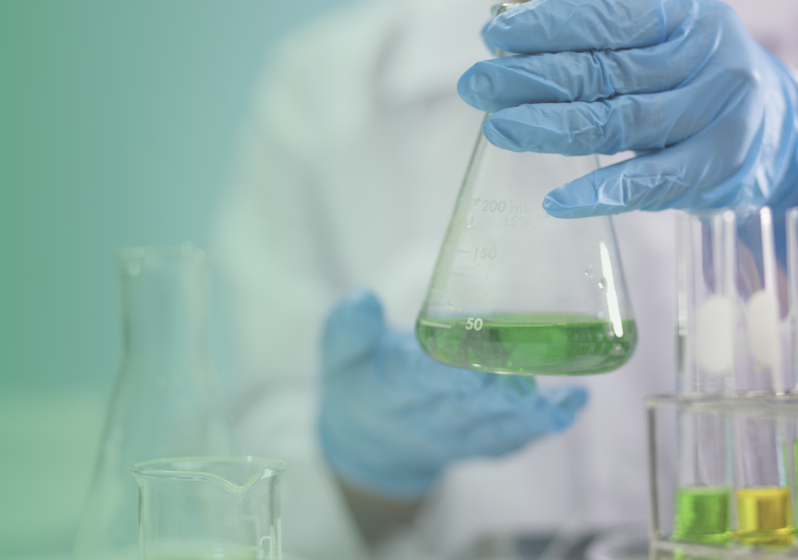
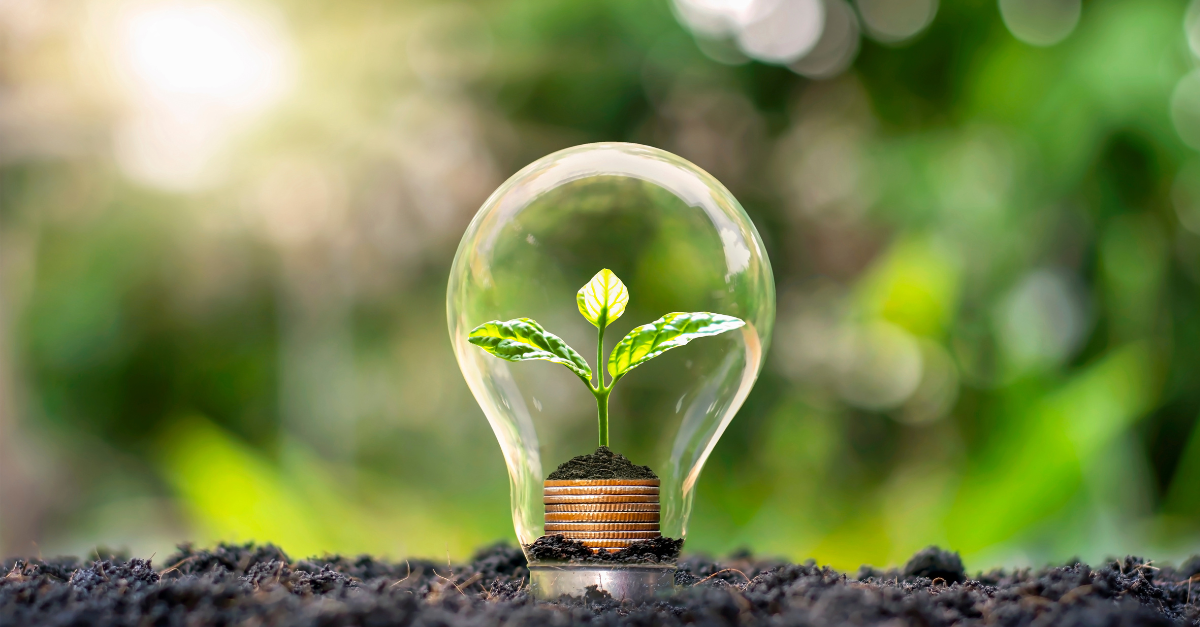
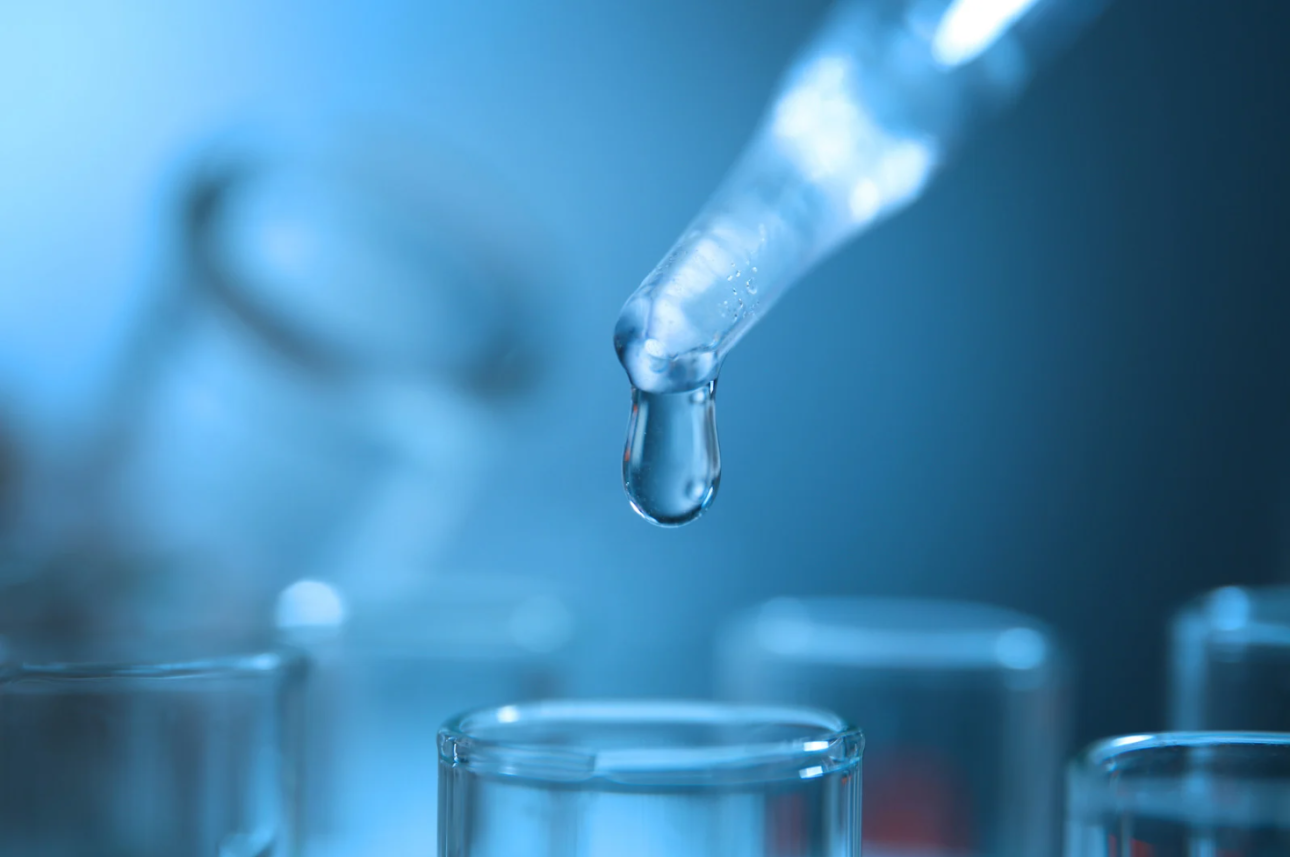
Discover how My Green Lab supports European labs with science-based sustainability programs aligned with EU climate goals and ESG frameworks.

Greenwashing isn’t just bad for the planet; it has become a major financial and reputational threat. In today’s climate-conscious economy, companies are facing increasing, and often warranted, scrutiny from regulators, consumers, and investors.

Whether you're just starting your sustainability journey or looking to deepen your lab’s commitment to sustainability, here are 8 impactful actions you can take today to improve energy efficiency in the lab.
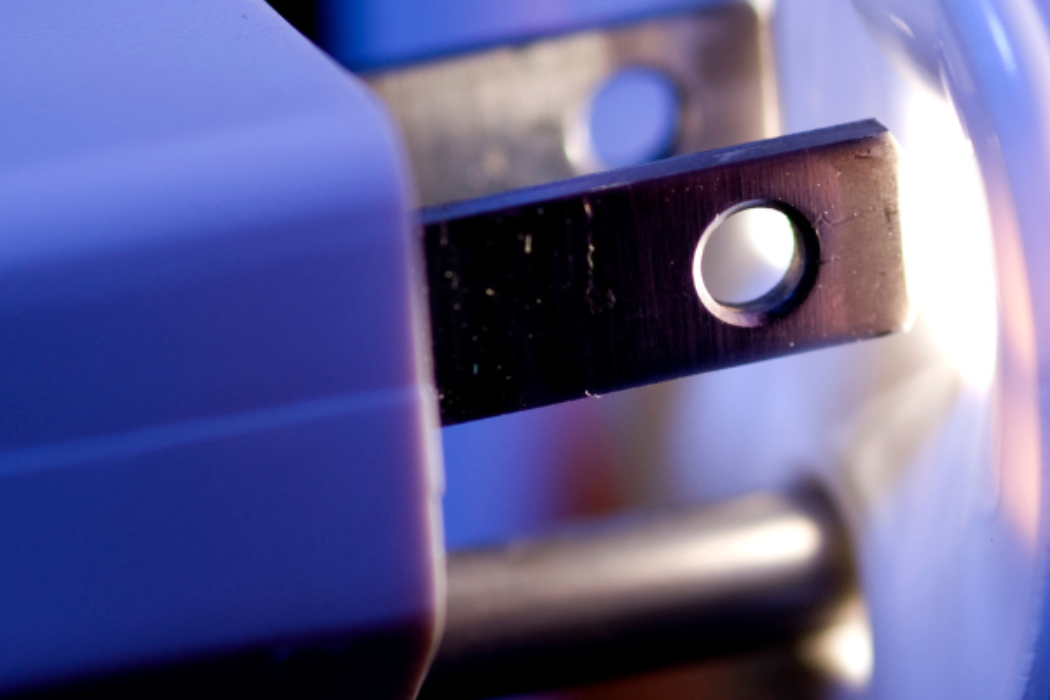
Central to the success of the certification process, which is designed to engage scientists and lab professionals, is the Lab Lead—a key champion who takes on the responsibility of guiding their lab through the certification process.
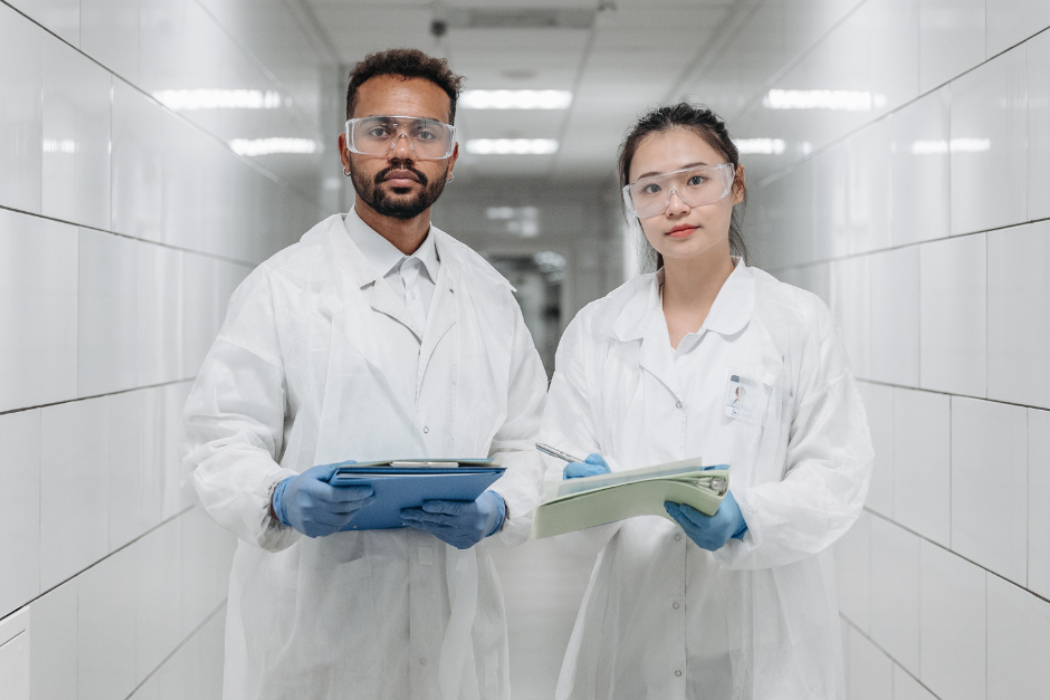
Ultra-low temperature (ULT) preservation lab equipment plays a vital—although often overlooked—role in protecting valuable research and products. If this equipment fails, the consequences can be catastrophic, with years of research potentially destroyed and life-saving treatments lost.
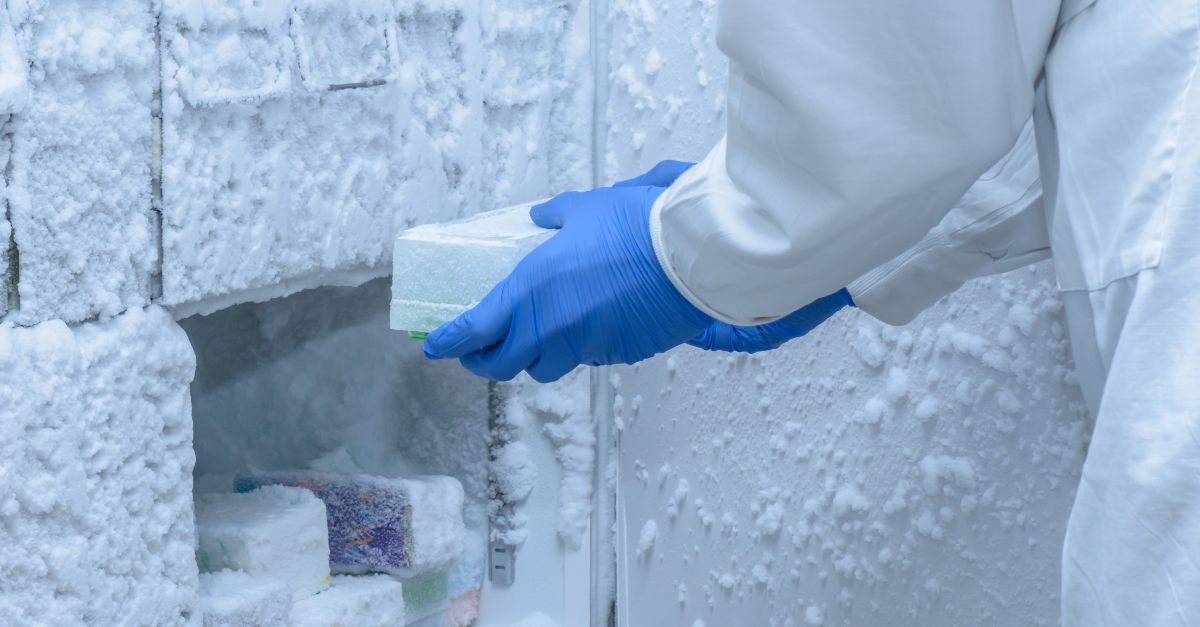
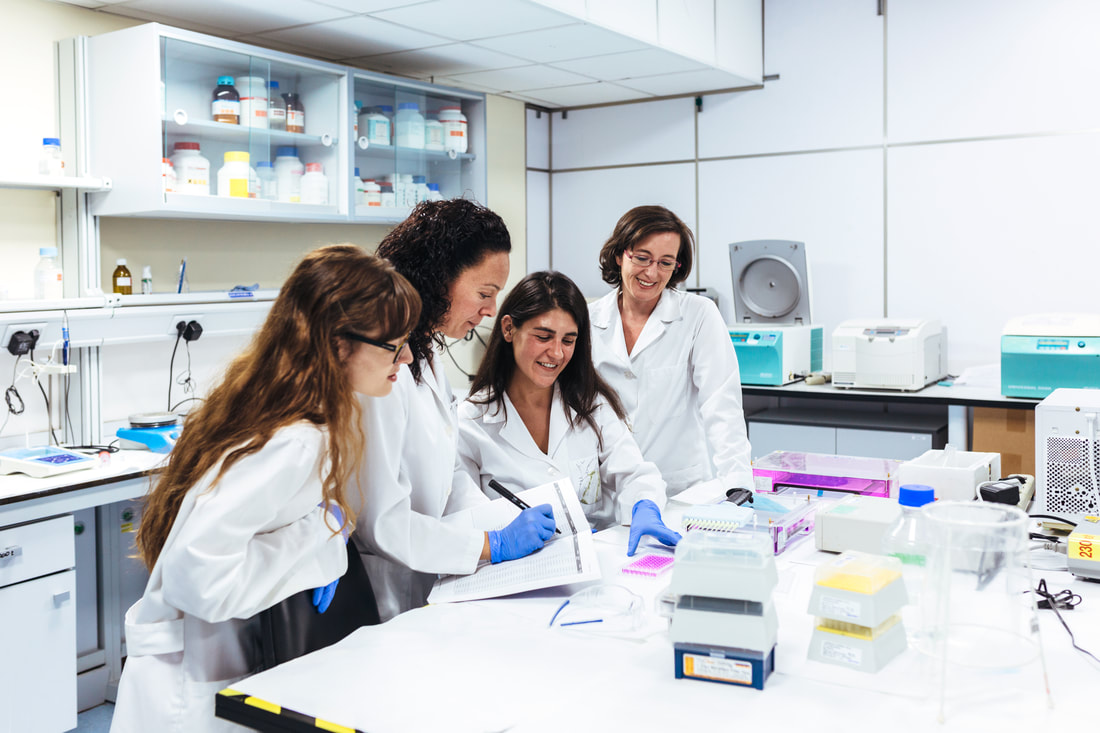
Over the past decade, single-use plastics have emerged as a critical component in the life sciences industry, offering a unique combination of convenience, sterility, and cost-effectiveness. While single-use plastics have played a pivotal role in advancing the industry, it is crucial to acknowledge their environmental repercussions.
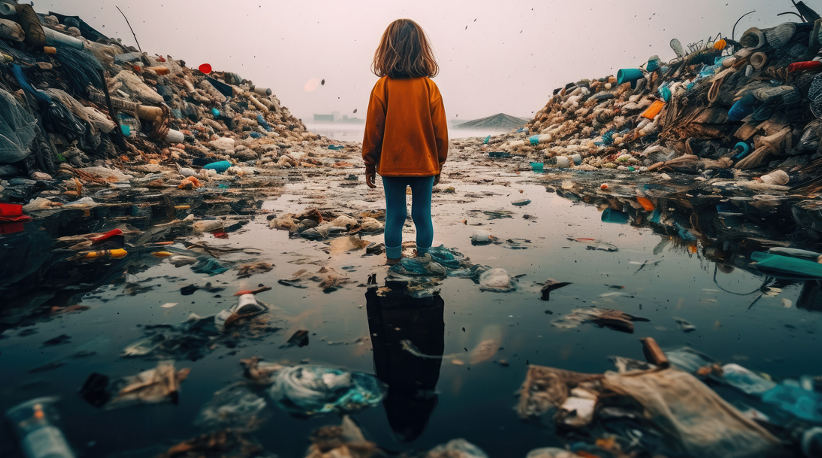

The celebration of Earth Day serves as a reminder for us to reflect on our relationship with the planet and the impact of our actions. Every facet of our lives intertwines with the environment, both personally and professionally. In the laboratory, where innovation and scientific advancement take center stage, our impact may often go unnoticed.

